Gama
Jacqueline Kiyomi Gork
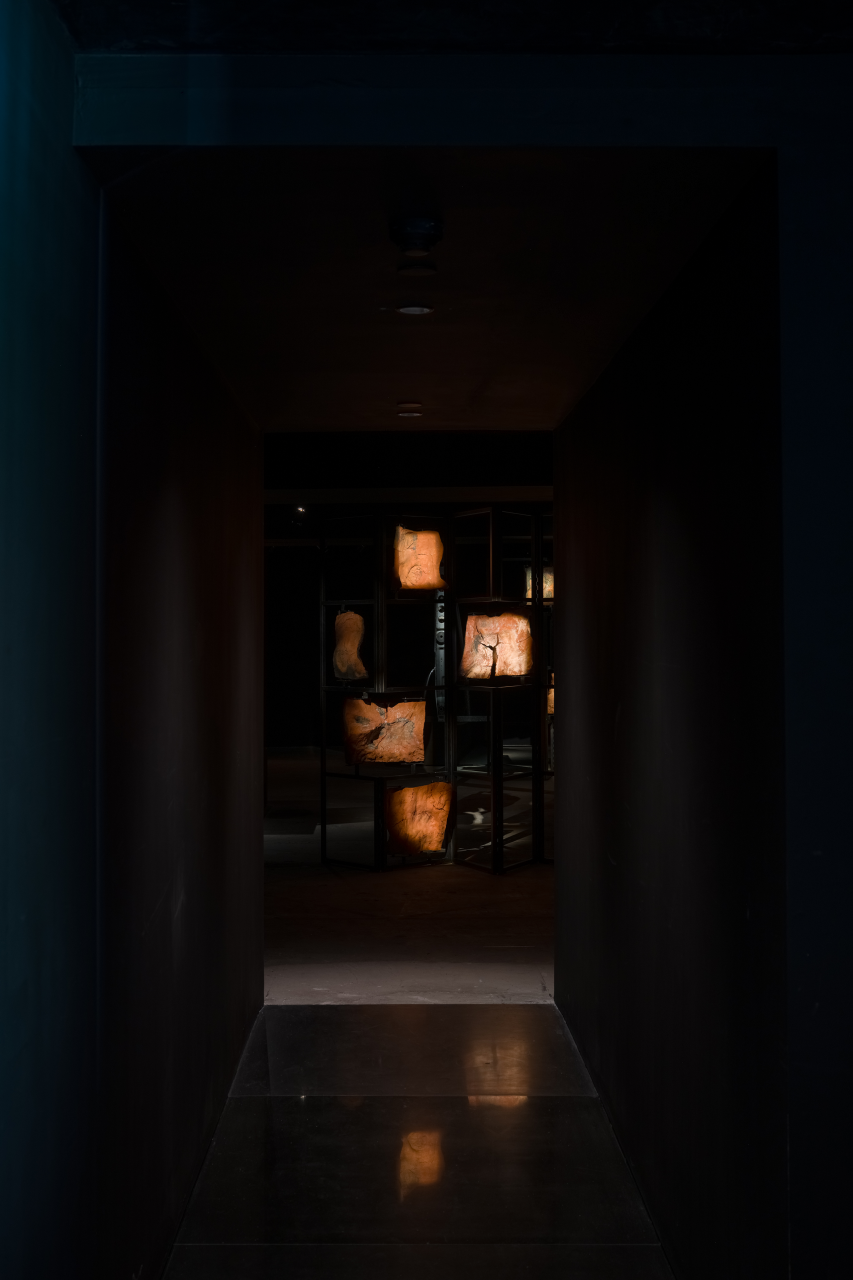
Jacqueline Kiyomi Gork, Gama, September 27 – November 15, 2025, Empty Gallery, Hong Kong. Courtesy of the artist and Empty Gallery. Photography: Felix S.C. Wong.
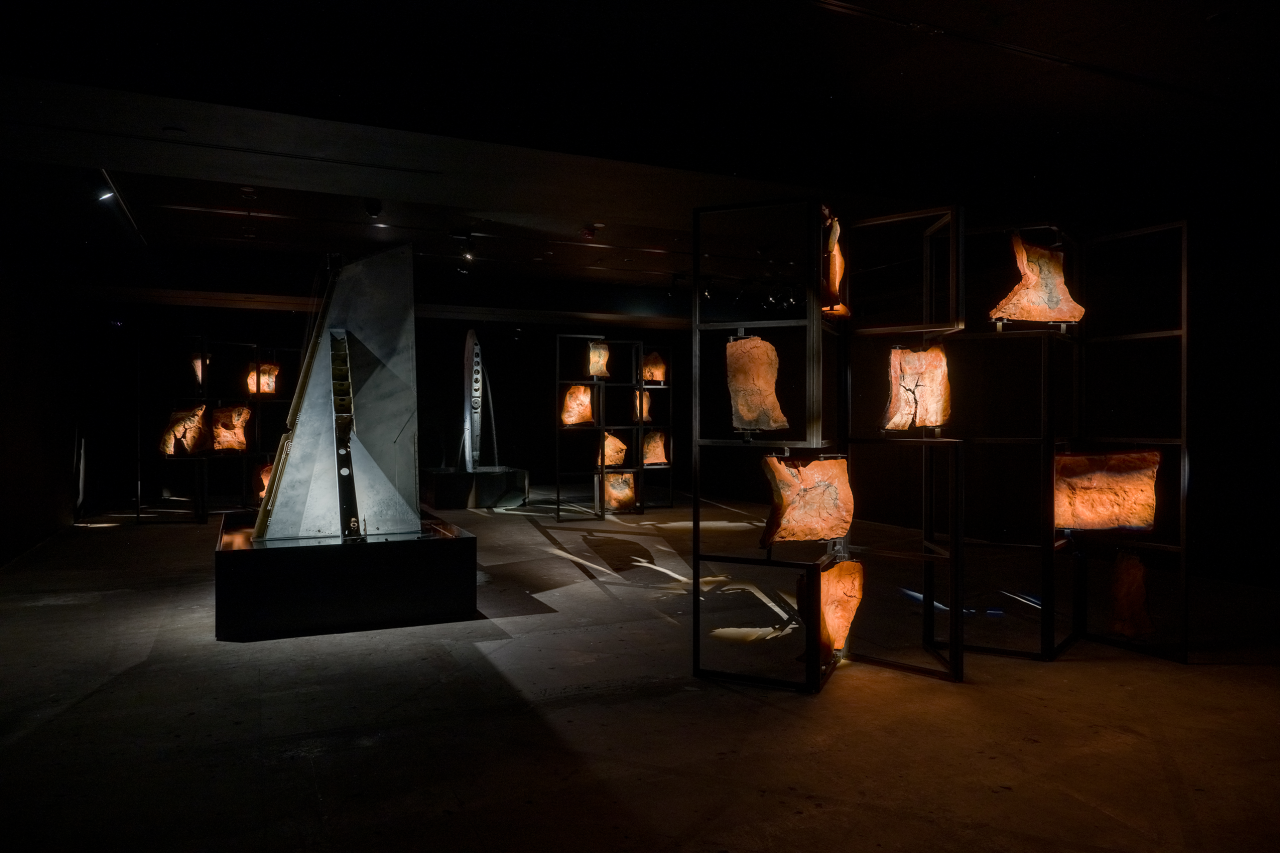
Jacqueline Kiyomi Gork, Gama, September 27 – November 15, 2025, Empty Gallery, Hong Kong. Courtesy of the artist and Empty Gallery. Photography: Felix S.C. Wong.
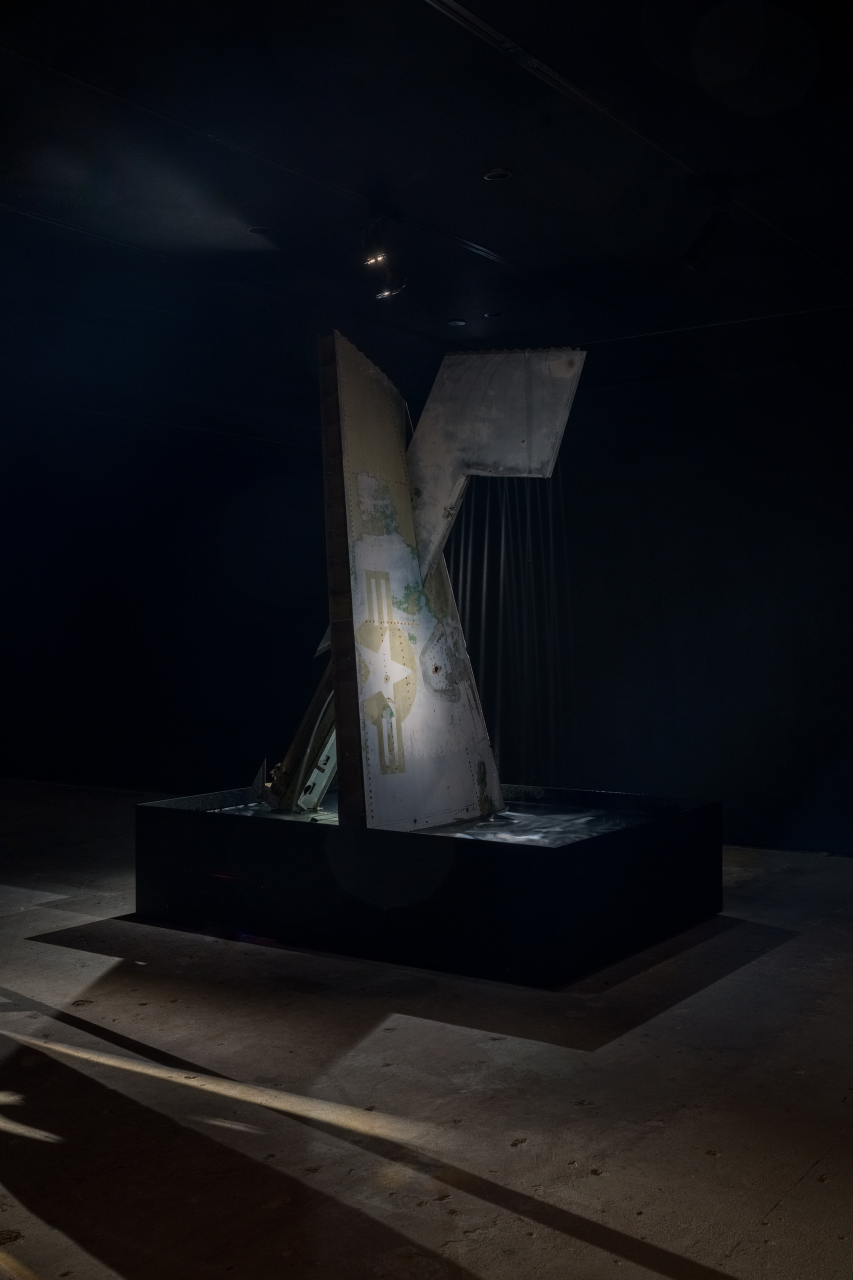
Jacqueline Kiyomi Gork, Gama, September 27 – November 15, 2025, Empty Gallery, Hong Kong. Courtesy of the artist and Empty Gallery. Photography: Felix S.C. Wong.
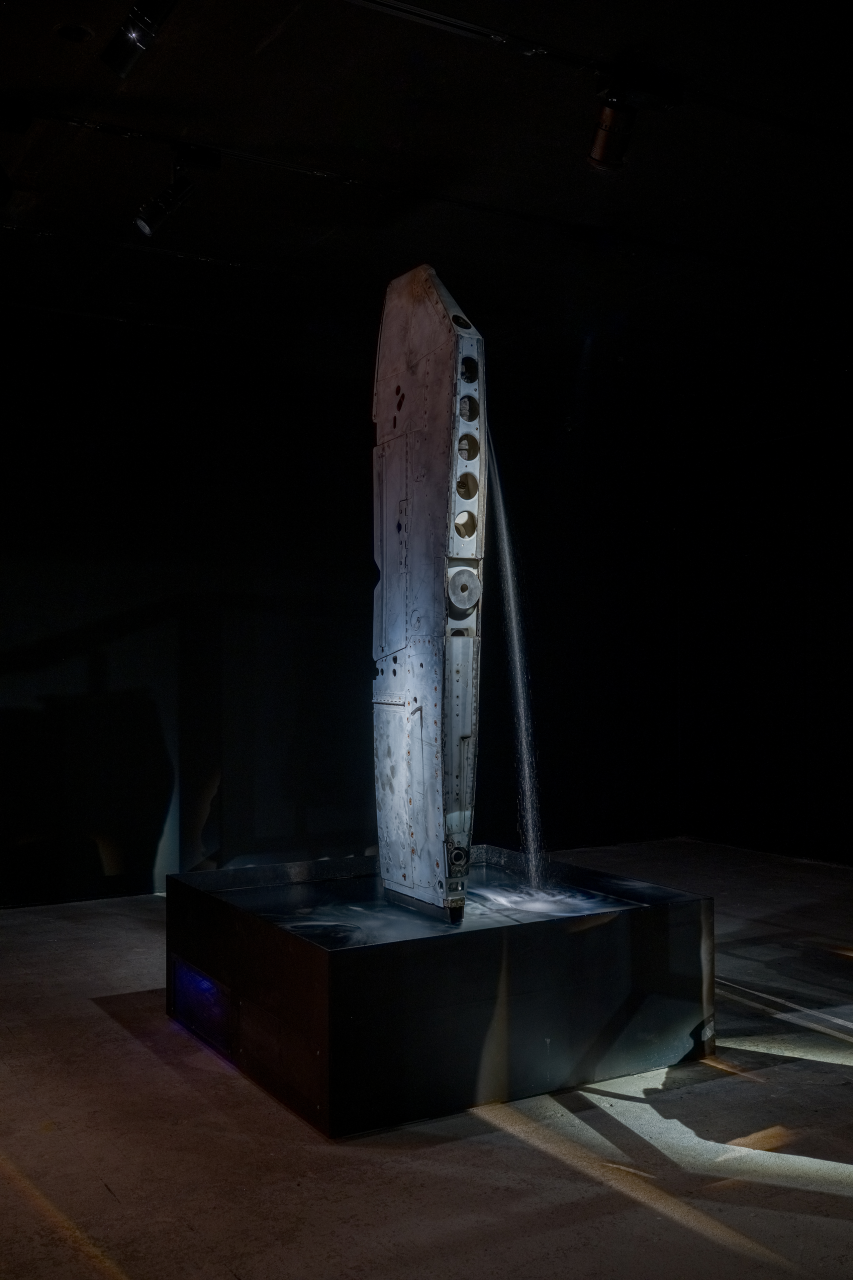
Jacqueline Kiyomi Gork, Gama, September 27 – November 15, 2025, Empty Gallery, Hong Kong. Courtesy of the artist and Empty Gallery. Photography: Felix S.C. Wong.
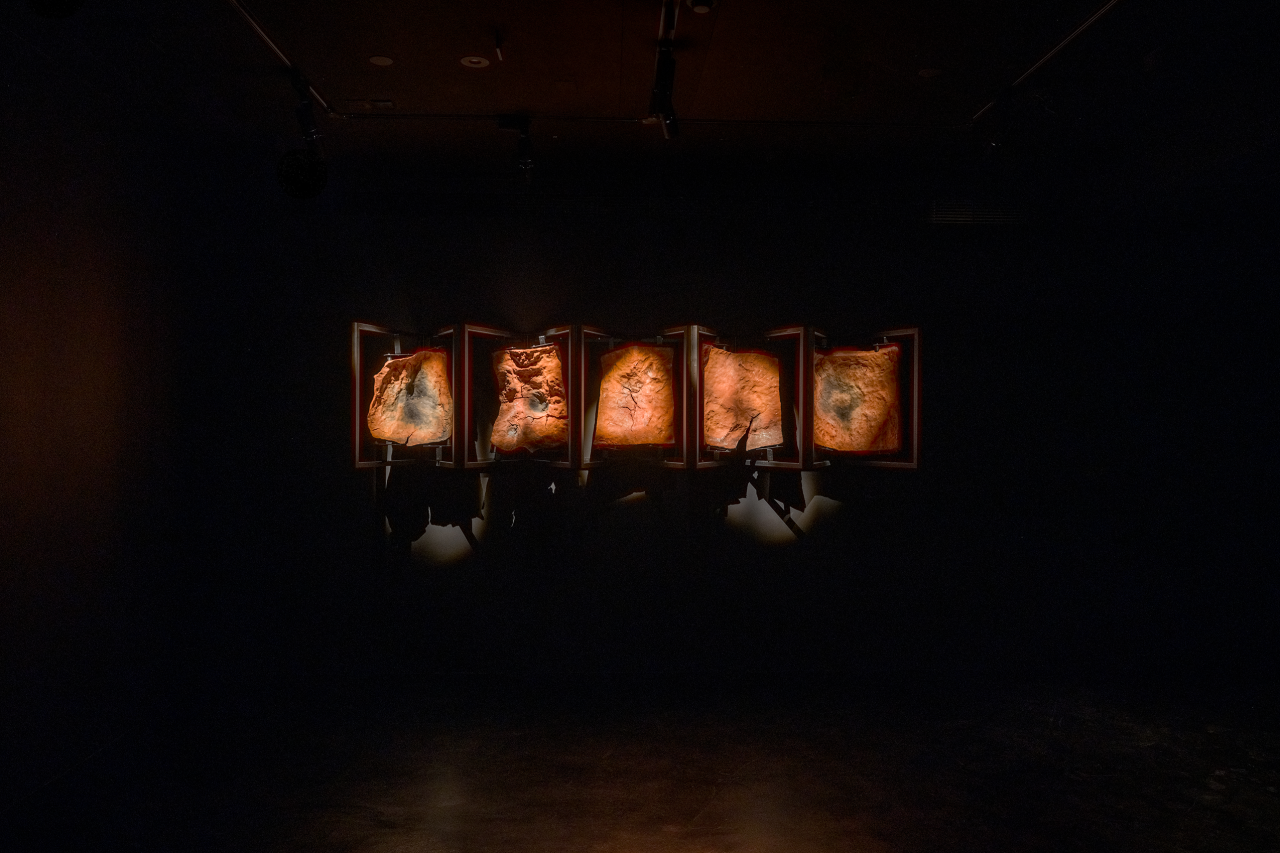
Jacqueline Kiyomi Gork, Gama, September 27 – November 15, 2025, Empty Gallery, Hong Kong. Courtesy of the artist and Empty Gallery. Photography: Felix S.C. Wong.
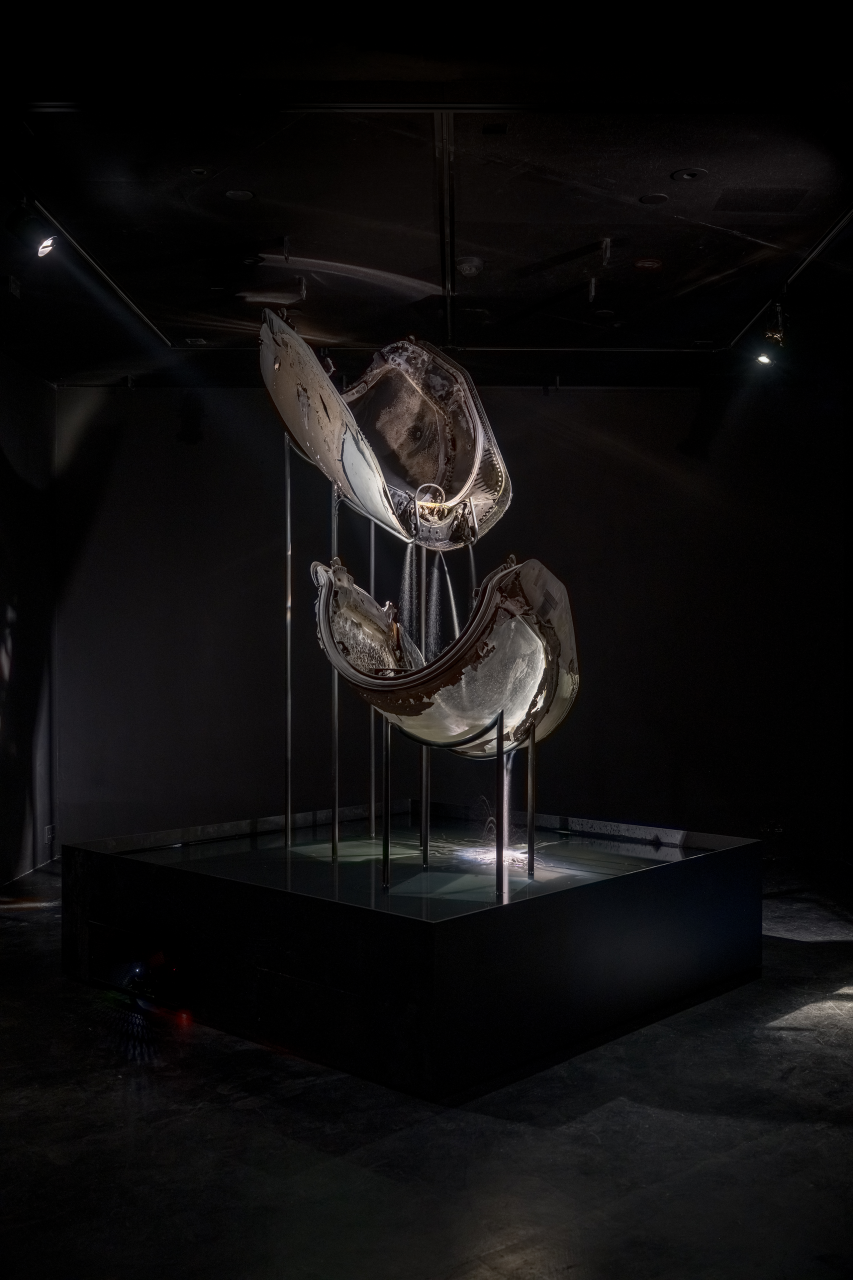
Jacqueline Kiyomi Gork, Gama, September 27 – November 15, 2025, Empty Gallery, Hong Kong. Courtesy of the artist and Empty Gallery. Photography: Felix S.C. Wong.
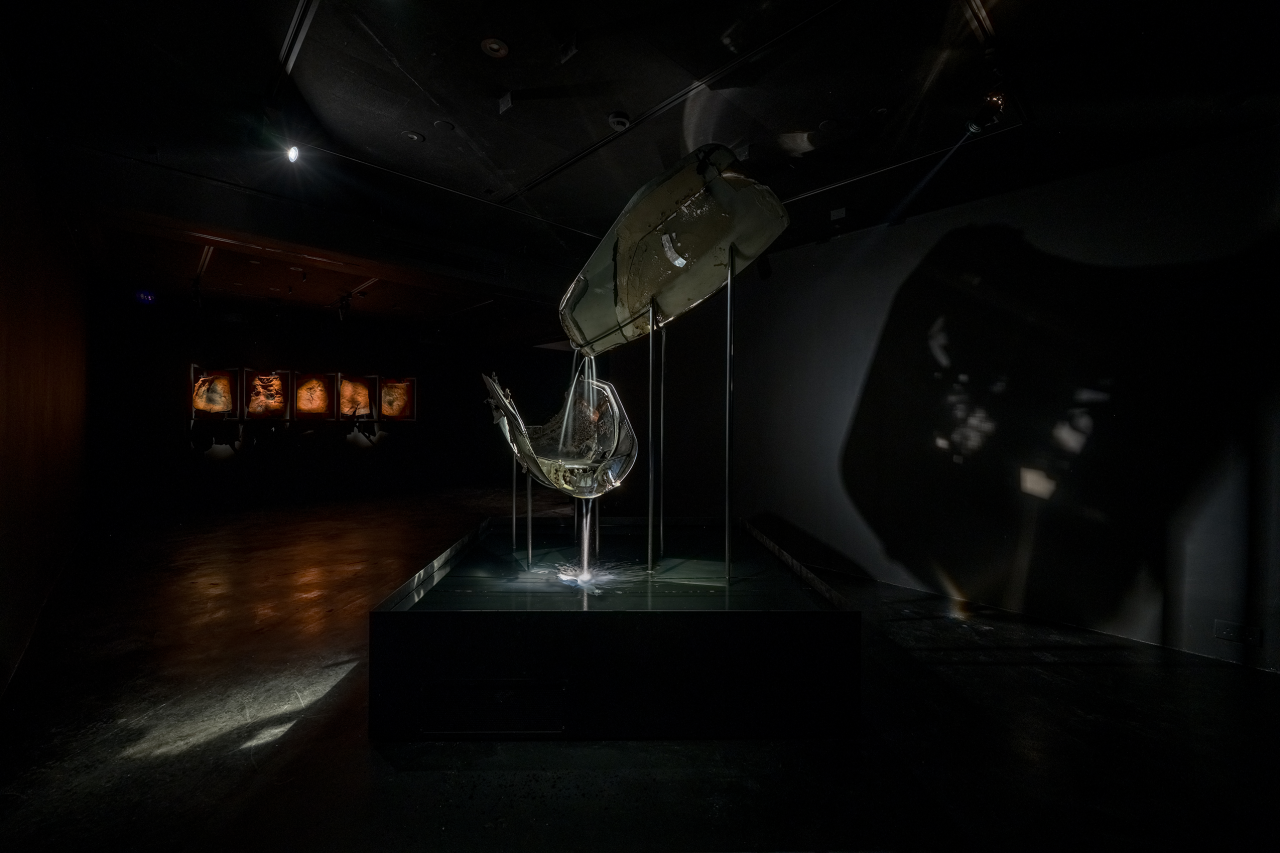
Jacqueline Kiyomi Gork, Gama, September 27 – November 15, 2025, Empty Gallery, Hong Kong. Courtesy of the artist and Empty Gallery. Photography: Felix S.C. Wong.
Empty Gallery is pleased to present Gama, our third solo exhibition with Jacqueline Kiyomi Gork. During the last two decades, the Los Angeles-based artist has created installations which function as systems comprising sculpture, speaker/microphone arrays, processors, and the surrounding architecture. Guided by an innate sensitivity to the manner in which sonic phenomena are manipulated and embodied, as well as her ongoing research into the intertwined histories of audio technology, cybernetics, and the military-industrial complex, Gork’s practice aims to both examine and interrupt circuits of acoustic control embedded in our daily environments.
For her third solo exhibition at the gallery, Gork directs her practice towards the existential entanglement of the individual within the matrices of inherited trauma, social fragmentation, and affective lacunae; lacks or wounds which determine her on a somatic and psychological level, but which can only be known through the inadequate abstraction of history. Drawing on her own family history, research into historical records, and informal fieldwork, Gama seeks to transmute Gork’s reflections on the spectral undercurrents of American and Japanese imperialism—in particular the charged silences surrounding the Battle of Okinawa, the island’s continued military occupation, and its quasicolonial relationship with the mainland—into a psychoacoustic landscape within the gallery. Her series of titular works, Gama, draw their name from the Okinawan term for cave, and are scattered across the upper and lower floors as a sequence of haunting ceramic reliefs. These caverns have a complex and ambivalent history in Ryukuan culture, from their archaic usage as burial sites, ritualistic settings, and refuges to their violent perversion by wartime occupation. Cast using a type of red clay unique to Okinawa, their earthen forms mirror the complex interior topographies of the island’s limestone caverns alongside their resultant echoes. Appearing as earthen envelopes punctuating the darkness, these sculptures seem to encapsulate the internal tension between security and vulnerability, wholeness and fragmentation, ligation and dissociation—recalling at once both the hearth and the abyss. Conceived less as static architectures than as permeable membranes, their seeming mobility reflects an anachronic sense of thrownness or dislocation, perhaps echoing the suspension of the subject within the purgatory of historical memory.
The organic contours of the Gama works are animated by the sound of water and metal emanating from a series of new sculptures entitled HNZF. Assembled from military aviation scrap, these works collapse multiple conflicting material histories into a single object—they touch on the hippiefied expressivity of scrap metal sculpture, the origins of intermedia art in American imperialism and military R&D, as well as the appropriation of “Eastern” mysticism by the Western world. Referencing the form of so-called “zen fountains” often found in new age or therapeutic settings, Gork’s take on these devices transforms them from spurious new age tchotchkes into decidedly uncomfortable generators of noise. The anticipated rhythm of meditative, slowly dripping water is brutally disrupted by recurrent eruptions of non-diegetic sound—a gnawing fullness which paradoxically leaves one empty. These sculptures provoke an involuntary embodying of dissonance, disrupting the self- satisfied assumption of critical distance which typifies our contemporary relationship to both art and history.
As a whole, Gama offers no simple answers to either the problem of historical trauma nor its deep entwinement with, and perpetuation of, present day inequities—knowing that the traces of violence cannot be sutured through rational comprehension or retrospective moral judgement. The show is rather an immersion into an immanent continuum, a spatiotemporal knot tying together the past and the present through the presence of deep asymmetries of power to which the spectator can only bear witness.
Jacqueline Kiyomi Gork’s (b.1982, Los Angeles) hybrid practice combines work in sound installation, sculpture, and performance with the aim of reconfiguring the traditional hierarchies between audience, performer, and architecture. She studied at the San Francisco Art Institute and researched the history of acoustics and computer music at Stanford University.
Her work has been the subject of solo exhibitions at the Carpenter Center for the Visual Arts, Harvard University (2024); Visual Arts Center, University of Texas Austin (2023); Empty Gallery, Hong Kong (2021, 2017); François Ghebaly (2022); 356 Mission, Los Angeles (2017); The Lab, San Francisco (2016); and Yerba Buena Center for the Arts, San Francisco (2016). She has participated in group exhibitions including the Singapore Biennial (2025), Chicago Architecture Biennial (2025); Hammer Museum, Los Angeles (Made in LA 2020); SculptureCenter, New York (2019); San Francisco Museum of Modern Art (2017) and V-A-C Foundation, Moscow (2018). She is a recipient of the Gold Art Prize (2025), a Roy Lichtenstein Award from the Foundation of Contemporary Arts (2025), a Joan Mitchell Fellowship (2023) and an Art + Technology Lab Grant from the Los Angeles County Museum of Art (2021). She participated in the 13th Taipei Biennial: small world (2023). Her work is in the collections of The Hammer Museum, SFMoMA, Berkeley Art Museum and Pacific Film Archives and Walker Art Center.